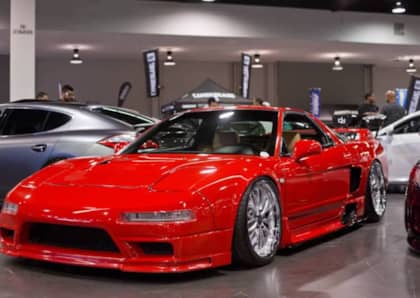VHS Heroes: Was Best Motoring Better Than Top Gear?
These days there is more automotive media content available than ever, particularly when it comes to video—whether it’s the sea of YouTubers, the many automotive build shows on cable networks or the big budget productions like Top Gear or The Grand Tour with their ever-bombastic stunts and increasingly staged adventures.
But in my own opinion, when it comes to automotive-themed entertainment, it's hard to beat the classic Best Motoring videos produced in Japan from the ‘80s to the ‘00s. I've recently been browsing through the extensive archive of content on the official Best Motoring YouTube channel and found myself getting lost down a wormhole of JDM nostalgia.
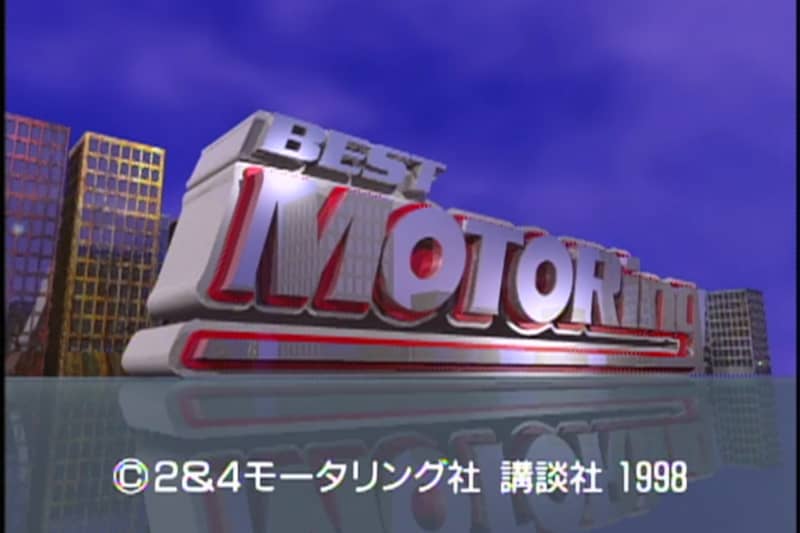
More Than Just JDM Nostalgia
About 15 years ago when I first started watching Best Motoring video tapes brought over from Japan, I found them to be an incredible window into the world of the Japanese car industry and motorsport scene, and if you're a fan of Japanese car culture you may have grown up with these videos as well. Needless to say, rediscovering them on YouTube has brought back some great memories.
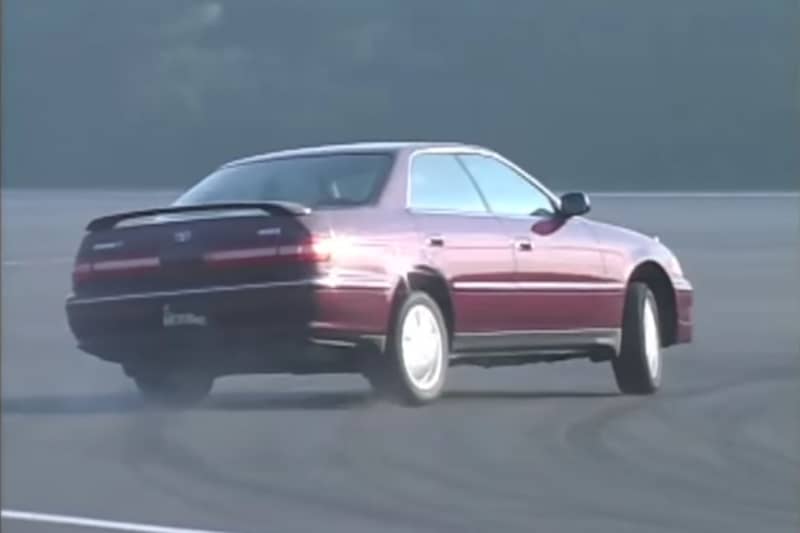
But the more I watched the more I realized that Best Motoring wasn't just the place to see iconic JDM machinery in action, it was one of the most enjoyable forms of automotive entertainment ever. Right up there with the glory days of Top Gear.
Controlled Chaos
Launched in 1987, Best Motoring's format was simple: Take the latest cars from both Japan and around the world and match them up with a group of motor journalists and racing drivers for impressions and comparison—both on the road and at the track. This alone wasn't especially unique, as many programs have featured driving impressions and compared performance data between different cars.
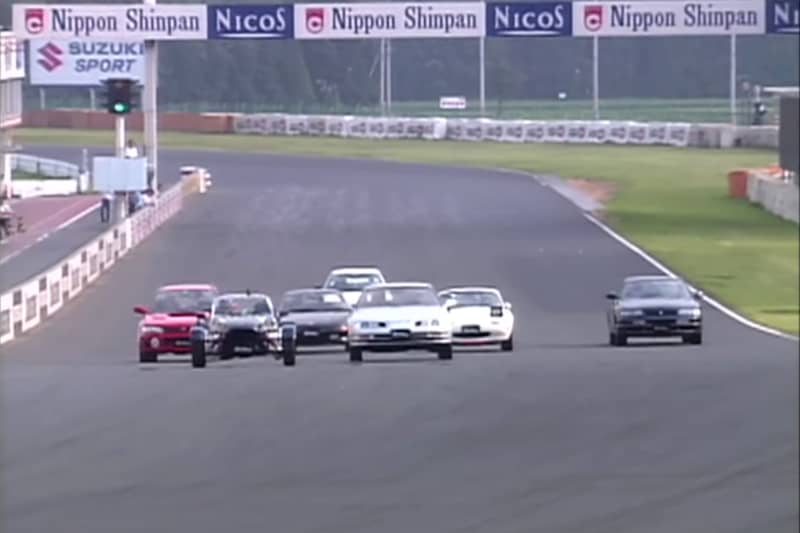
What set Best Motoring apart was the incredibly exciting way in which they compared the vehicles. They didn't just by gather acceleration data or compare lap times. Best Motoring settled things by gathering groups of five, six and sometimes more cars for short races, usually around Japan's iconic Tsukuba Circuit—each car with a professional racing driver behind the wheel.
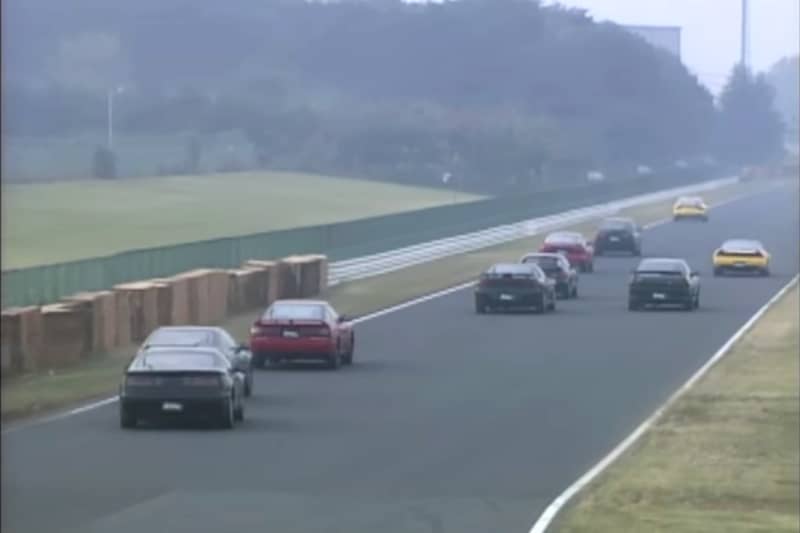
And to make things even more entertaining, the races used a reverse grid system which put the slower vehicles at the front of the pack. Of course, the setup made the short races that much more entertaining, as the lesser-powered cars worked to fend off the quicker ones coming from behind.

Despite the fact that the cars were usually brand new from the factory, the drivers would treat them like pure racing cars—driving them right up to, and occasionally beyond, the limits of their road-going tire and suspension setups.
From watching guys attempting to dive bomb each other, draft on the straights or pull e-brakes to rotate front-drive cars in tight corners, it was pure spectacle. In between it all, you also learned a lot about each car as you were being entertained.
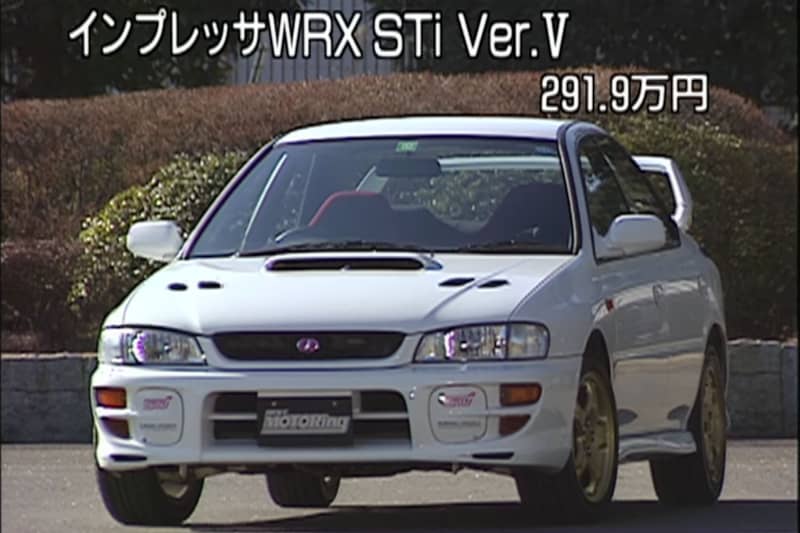
Racing Every Kind of Car
Of course, even with a great format, it would be useless if the cars weren't interesting. It goes without saying that the '80s and '90s were an incredible time for Japanese performance cars—and Best Motoring will forever stand as a testament to this incredible era of the country's auto industry.
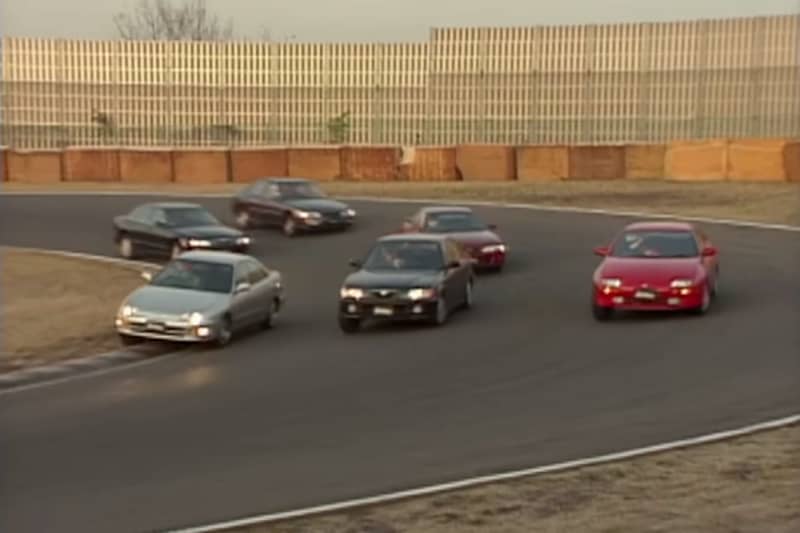
The vehicles most associated with Best Motoring might be your Skyline GT-Rs, RX-7s, WRXs and other iconic Japanese performance cars, but the guys could often be found battling it out in much more pedestrian machinery—from Honda Accords to compact kei wagons.
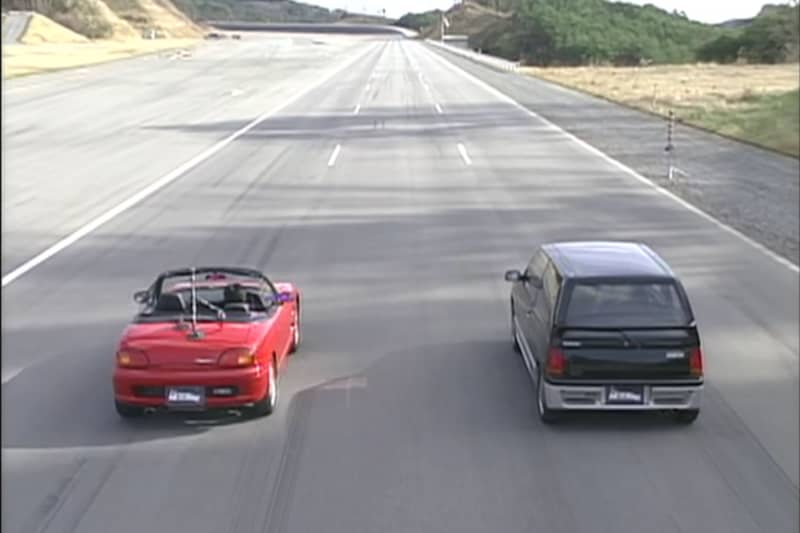
The Best of Best Motoring
And how about one of the most downright hilarious racing battles of all time—a group of professional race drivers going wheel-to-wheel in a group of identical Daihatsu Midget mini trucks. Something a lot us may have done in Gran Turismo.
Ever wanted to know if a Nissan Sunny could beat an Isuzu Gemini in a straight-up 400 meter drag race? They've got you covered.
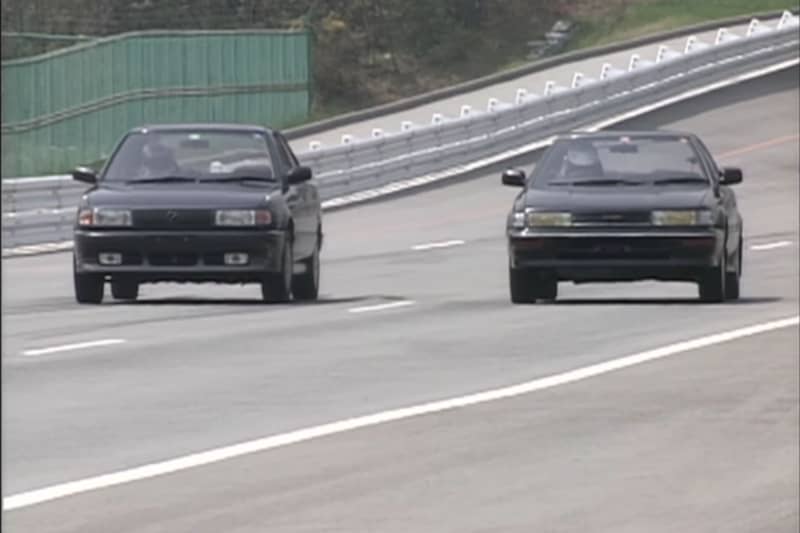
Sometimes they'd do some downright crazy stuff, like this battle that includes everything from a front-drive Toyota Starlet to a Nissan Z32 Fairlady racing around a completely snow-covered Tsukuba Circuit.
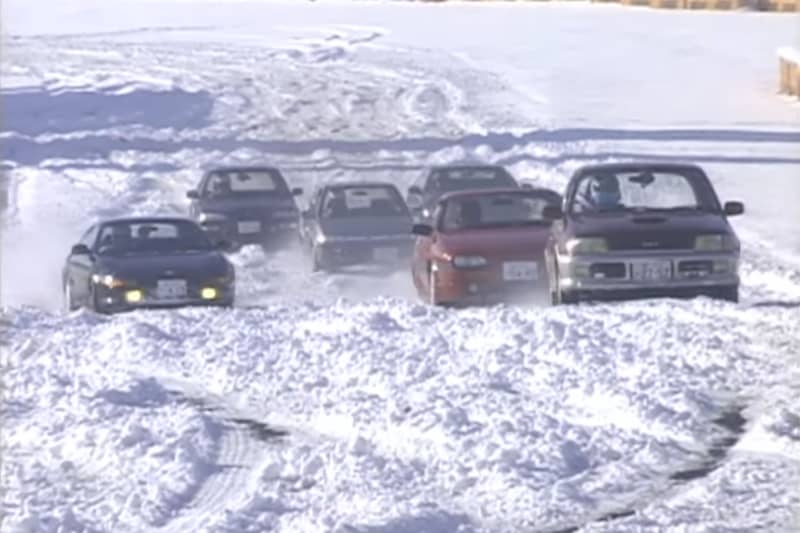
While the majority of the cars featured were Japanese domestic cars, there were plenty of imports featured as well, including countless Porsches, Ferraris and even the occasional American machine.
You'd also see racing cars from time to time as well—including their amazing "Battle Royales" which matched up cars from different racing disciplines, again using the same reverse grid system to ensure entertainment.
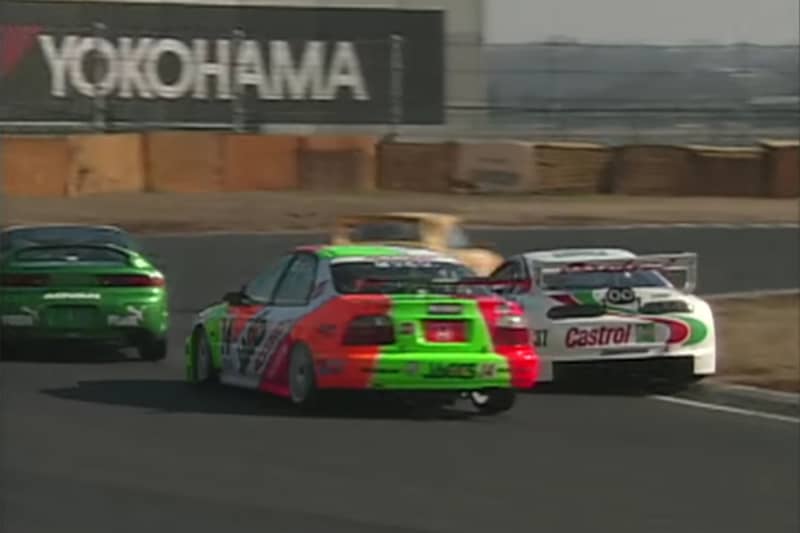
Presentation Perfection
Speaking of entertainment, while the show was quite detailed in its impressions and technical info about the cars presented, it never took itself too seriously. Before, during and after each of the races the drivers would crack wise and jab at each other. Fortunately, lots of the Best Motoring videos on YouTube have optional English subtitles, but even without, it's not difficult to figure out what's going in.
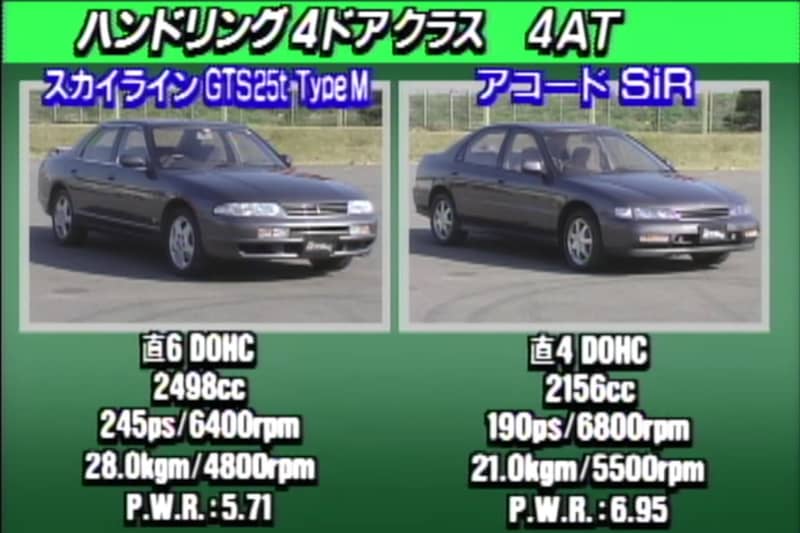
Of course, you can't talk about Best Motoring without talking about Keiichi Tsuchiya—one of the series most recognized drivers and presenters. Naturally, Tsuchiya-san would regularly put his drifting skills to the test, and there's nothing better than watching him doing flick entries and massive slides in all sorts of showroom-spec machinery.
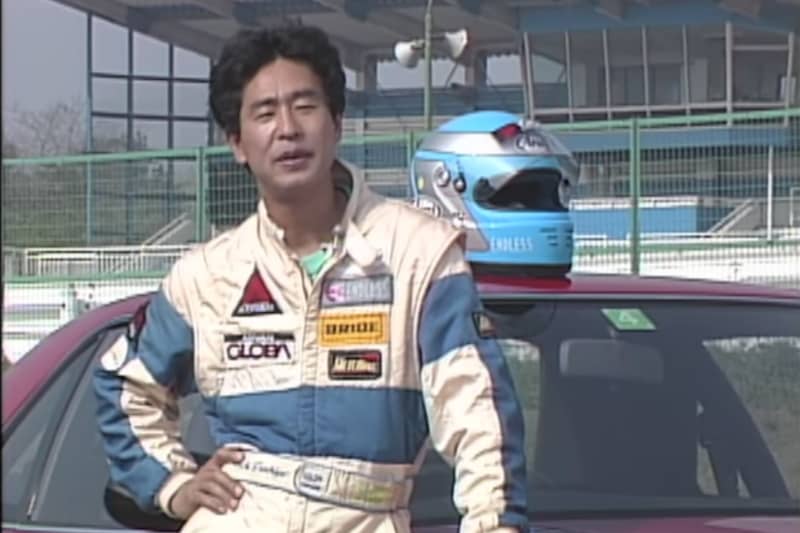
Unfortunately, with a changing media landscape, Best Motoring ended production back in 2011, while its tuner-focused counterpart Hot Version has continued with semi-regular releases. Even so, the wealth of archived content that's now on YouTube is incredible.
So whether you are like me and grew up watching these on imported VHS tapes or DVDs and want to relive it or you have yet to discover the magic that is vintage Best Motoring, I highly recommend giving some a watch.
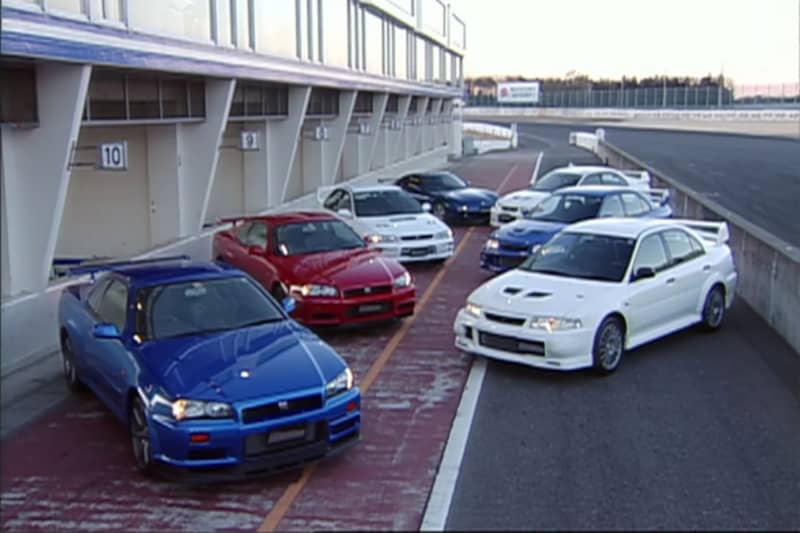
The only thing that I ask is that you don’t blame me for all of the hours of productivity you may lose when you start digging into these, because once you start watching, you might be there for quite a while.




